Source Comparisons
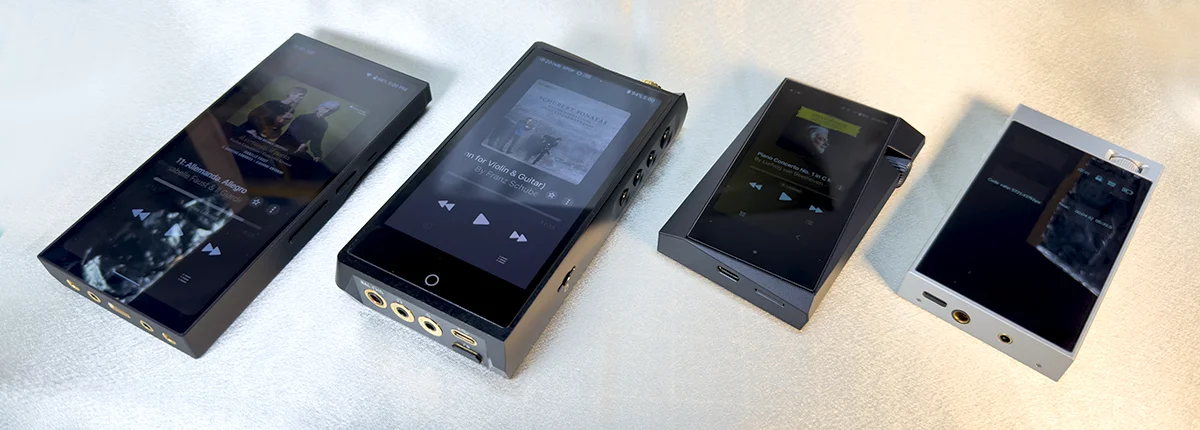
Astell & Kern SR35 (USD $799)
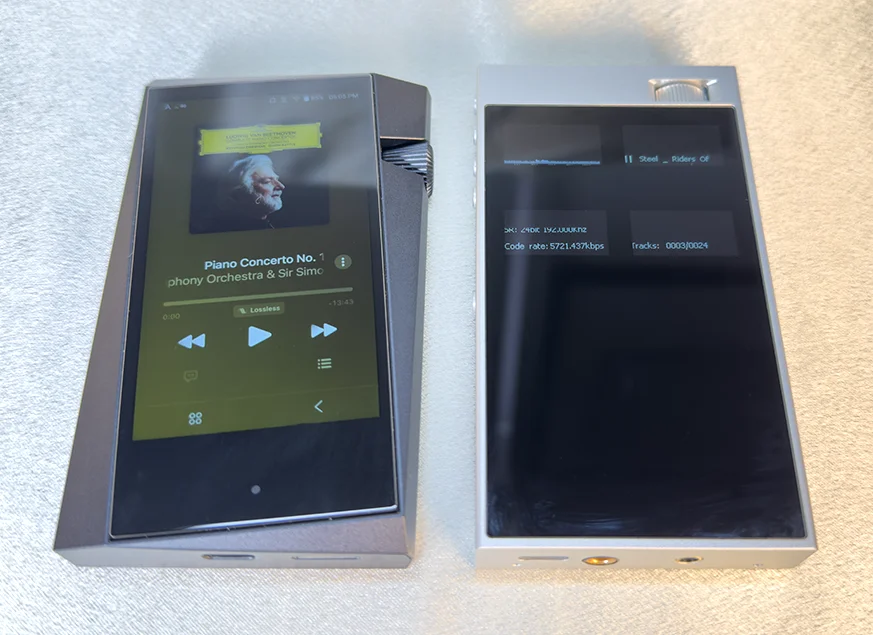
For this comparison the SR35 is in hi-gain mode with quad DACs enabled. I immediately notice the SR35 is a step down in most sonic departments, with bass that’s not as impactful or deep and is much less satisfying. Overall note weight is also lower, with a tonality that isn’t as warm or full as the Clear.
The SR35 does has more treble presence, but that doesn’t seem to translate into a greater level of detail or superior technical performance, in fact the SR35’s soundstage is definitely shallower and maybe even slightly narrower than Clear’s although there’s little difference in width.
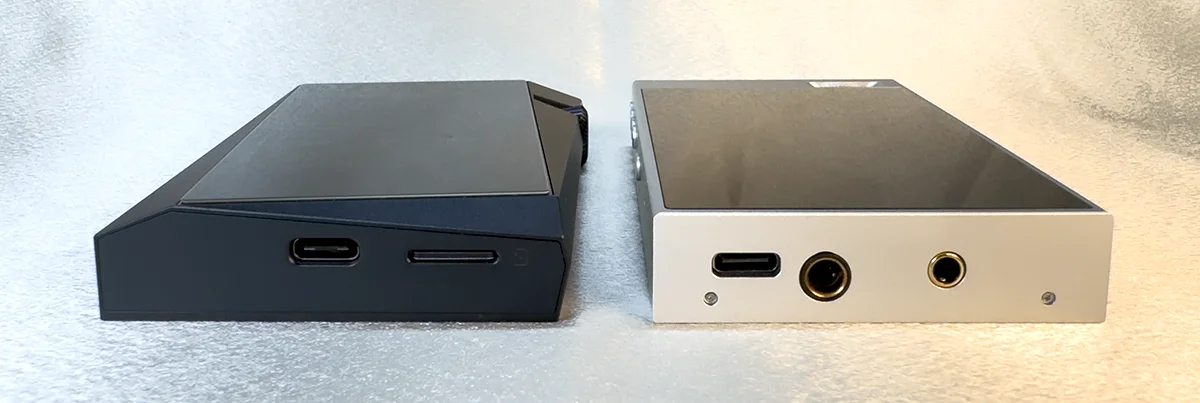
The Clear boasts superior dynamics and makes instruments sound larger. The SR35 also sounds more digital, with music that doesn’t flow quite as well. You’d have a far easier time guessing the SR35’s diminutive size blindfolded by listening to it to it than you would the Clear which sounds like a much larger device, even though it’s almost 30 grams lighter than the SR35 & significantly cheaper.
With full streaming and (an admittedly very small) touchscreen the SR35 is a much easier device to use, and I find the difference in weight & bulk between it and Clear to be fairly negligible. However sonically I’m really struggling to pick out any aspect of the SR35’s presentation I prefer over the Clear.
Hiby R6 Pro II (USD $749)
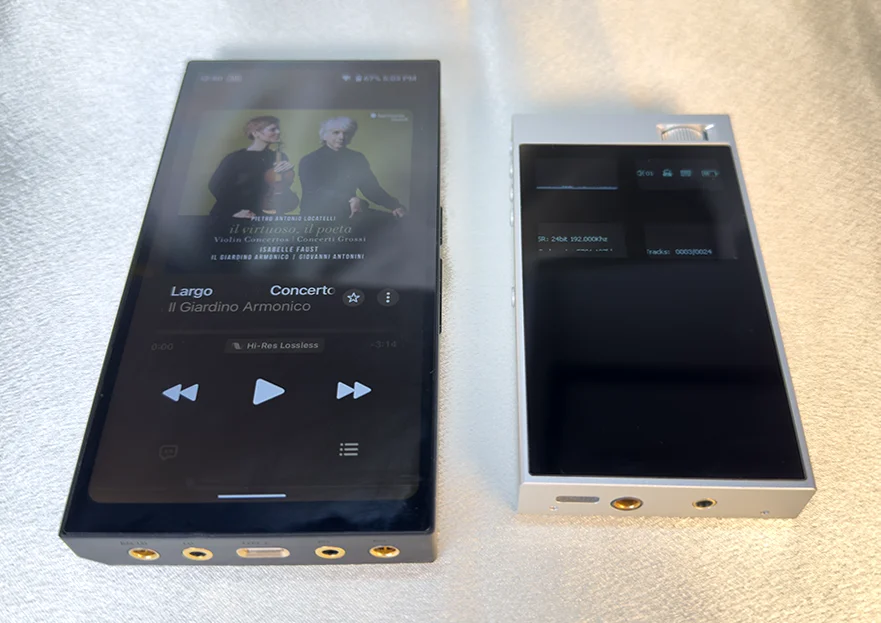
Run in Hi-gain, class AB mode I’m surprised that the R6P2’s bass is much weaker & less impactful than the Clear which delivers a much more satisfying bass performance. The Clear is also significantly warmer with more lower midrange emphasis, and delivers a smoother more analogue tonality without giving me the impression important details are being obscured.
The R6P2 is quite a bit brighter though, and presents a deeper soundstage in which instruments feel larger with a background that’s slightly blacker. However note weight is better on Clear, as are dynamics to a small extent which is surprising because I rate dynamics as one of the R6P2’s great strengths.

The R6P2 is definitely resolving more information, with the trailing off of notes easier to pickup and instruments being a tiny bit more clearly delineated in space. However I do find the R6P2’s extra treble energy potentially fatiguing, and prefer Clear’s tonality which feels more natural.
Weighing 285 grams, at close to twice the size & weight of Clear the R6P2 isn’t a device I’d want to carry around, and the lack of a volume wheel isn’t something I’m crazy about. Its’ huge touchscreen & fast CPU render it a pleasure to use though, almost making it feel like a device built for a different purpose.
Cayin N8ii (USD $3499)
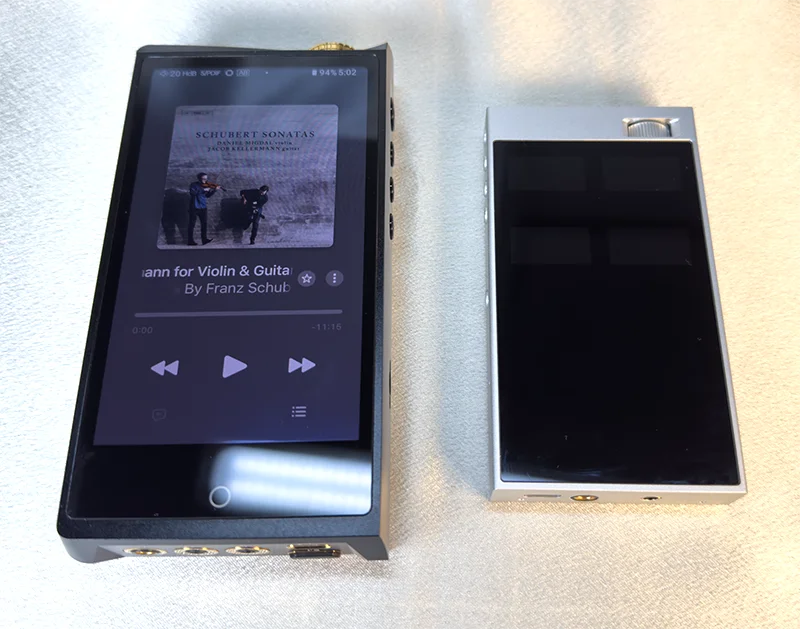
In high gain, P+ mode the N8ii is a player I’ve always felt has some of the deepest sub bass of any DAP on the market, yet to my surprise both players are very close in bass output with Clear perhaps demonstrating a tiny bit more bass rumble.
Then N8ii is significantly brighter, though I’m not sure merely the extra treble is responsible for the N8ii resolving significantly higher levels of detail, with tiny inflections on notes much more apparent in its’ vastly deeper stage that feels significantly more three-dimensional.
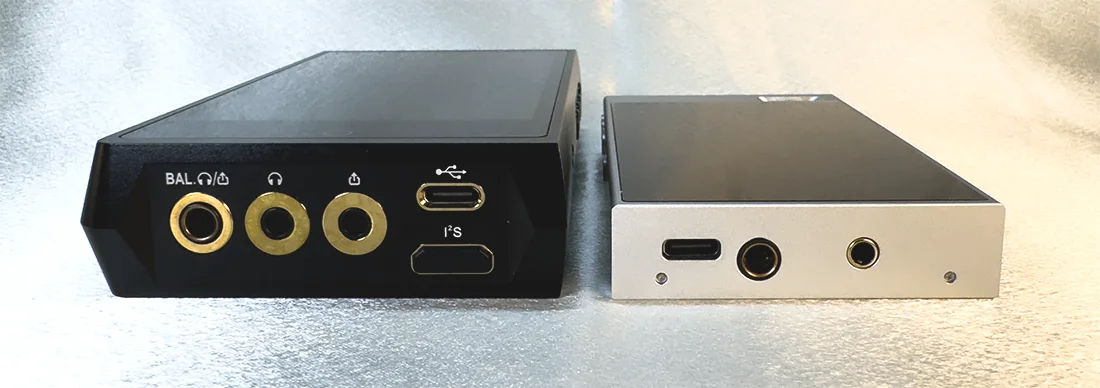
Multiple instruments are delineated more distinctly in complex tracks on the N8ii, perhaps thanks to its’ beefier built-in amplifier, with imaging being sharper & the presentation more alive with tiny nuances.
In direct A/B comparisons the Clear sounds a bit mushier and more sluggish, though its’ warmer tonality allows me to groove to the music a bit more it’s clearly a major step down sonically from the N8ii as reflected by the enormous differences in price & weight, with the N8ii coming in at a chunky 442 grams.
Page 1 – Introduction, Tech Specs & Battery Life & Ergonomics
Page 2 – Interface & Usability
Page 3 – Sound Performance & Technical Performance
Page 4 – Source Comparisons
Page 5 – Conclusion

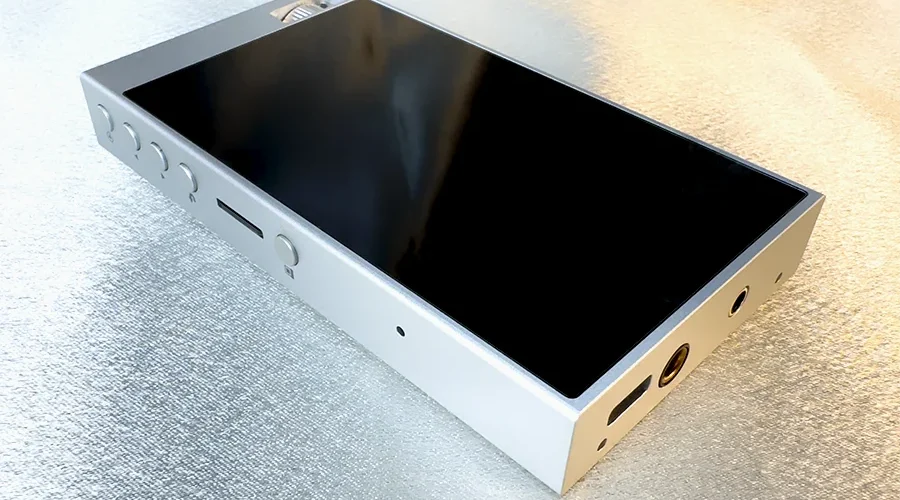
Comments